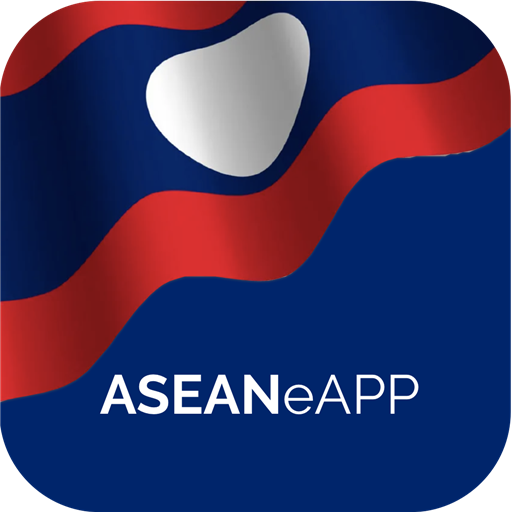Back

Lao People's Democratic Republic ( PDR )
Introduction
Lao PDR is a landlinked country bordering Myanmar, Cambodia, China, Thailand, and Vietnam. About 6.5 million people live in its 18 provinces, with most people – 68 percent – still living in rural areas. However, urbanisation is occurring at a rate of 4.9 percent each year. The country is largely mountainous, with the most fertile land found along the Mekong plains. The river flows from north to south, forming the border with Thailand for more than 60 percent of its length.
Despite still being a least developed country (LDC), Lao PDR has made significant progress in poverty alleviation over the past 2 decades with poverty rates decling from 46% in 1992 to 23% in 2015. The country achieved the Millennium Development Goal target of halving povety, however the challenge now is to ensure that all Lao people benefit in the country's development.
History
The Lao People’s Democratic Republic was established in December 1975, succeeding the Kingdom of Laos. This followed decades of civil war between the Royal Lao Government and the communist Pathet Lao, as well as involvement in the 2nd Indochina conflict. With the defeat of the royalists, the monarchy was abolished and the communist Lao People’s Revolutionary Party (LPRP) instituted a one-party State. The Constitution of Lao PDR was adopted in 1991.
Politically the country has considerably opened up in recent years, ratifying six out of the nine core human rights treaties, creating a more conducive legal environment for civil society, and actively pursuing regional and global integration. Lao PDR joined the Association of South East Asian Nations (ASEAN) in 1997, the World Trade Organization (WTO) in 2013 and the ASEAN Economic Community (AEC) in 2015.
Challenges
The main development challenge is ensuring that the benefits from high economic growth, averaging more than 7 percent for the past years, are evenly distributed and translated into inclusive and sustainable human development. Widening gaps between rich and poor, women and men, ethnic groups, and residents of different regions of the country need to be addressed if Lao PDR is to work towards achievement of all the SDGs.
Lao PDR’s economic boom is driven primarily by foreign direct investment in natural resource extraction and hydropower. Ensuring that this is conducted in an environmentally sustainable way and that the revenues generated benefit everyone is critical for the development of the country.
In a unique challenge to Lao PDR, the presence of unexploded ordnance (UXO) from the 2nd Indochina War continues to destroy lives and limits agricultural production and expansion. More than 2 million tonnes of bombs were dropped on all provinces between 1964 and 1973, with 30 percent of those failing to detonate. The correlation between UXO contamination and the prevalence of poverty is clear, with 42 of the 46 poorest districts affected.
